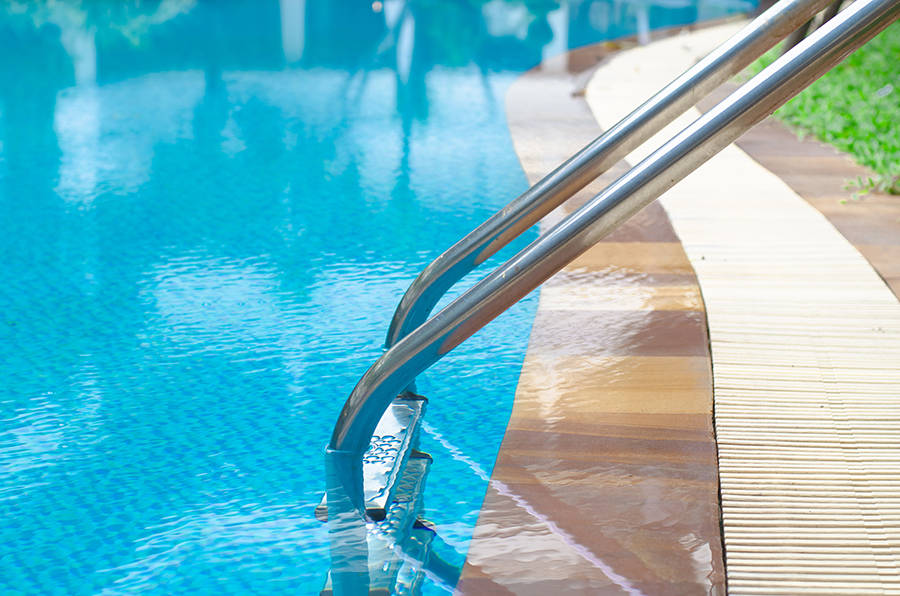Southern Nevada Health District implements pool regulations

As you are already aware, the new Southern Nevada Health District regulations went into effect July 1.
At first the cyanuric acid level (stabilized chlorine) regulation was going to stay the same at 100 ppm, meaning the body of water would have to be drained and refilled as it always has been.
Then the rule became: If the body of water was above 100 ppm, the SNHD would shut down the pool (no fine, just closure) and the body of water could be reopened after it was drained and refilled with possible reinspection or photos sent to the inspector of the drained body of water.
If at the time of inspection — or when the SNHD responds to a complaint — any body of water has a level over 100 ppm, the property will be charged $118 per body of water, per incident, and has 10 days to correct the problem by draining, refilling and having a reinspection. That is not being called a fine but a follow-up and reinspection fee. This is a new directive that was handed down to the inspectors in the aquatic health program. Expect to see fines for not maintaining the proper level.
You basically have two options that simplify this:
1. Drain and refill frequently. The majority of pools in Las Vegas obtain a cyanuric acid level over 100 ppm in less than a month, and spas less than a week, and that comes from the stabilized chlorine (tri-chlor) tablets that are being used in the majority of pools in Southern Nevada. Meaning between April to October, or November, your spas will need to be drained weekly and most pools monthly, or close to that. Spas heated during winter months will need to be drained weekly.
2. Install a automated chemical feeder system that uses non-stabilized chlorine with PH control. These feeders could cost from $ 7,000 to $ 9,000 per body of water.
Because budget season is upon us, you should plan for the purchase of these automated chemical feeders.
You will have to decide which is best for your community. If you’re constantly draining your pools, of course, there is a cost involved with your water bill, and none of us at this point knows how the Southern Nevada Water Authority is going to respond. The area will be shut down, often for four to five days, and users could be upset. Non-stabilized chlorine feeders come with a cost and will require maintenance.
Please understand that using non-stabilized chlorine systems will not make the body of water exempt from needing to be periodically drained because of total dissolved solids, calcium hardness, etc. It only solves the high cyanuric acid level from accruing.
Either way, it seems that stabilized chlorine is going away. All pool providers can do from a service standpoint is to inform you of the options and let you know when your cyanuric acid level gets around 75 ppm so you are aware your body of water must be drained and refilled soon.
As far as the new signs are concerned, each property has until July 1, 2020, to have them put up. New signs are coming out for the pool area entrance gates, and hygiene sign requirements are on the SNHD website and should be coming available soon.
Thanks to Joe Blockovich from Community Pools in helping me draft this article.
Barbara Holland is a certified property manager, broker and supervisory certified association manager. Questions may be sent to holland744o@gmail.com.